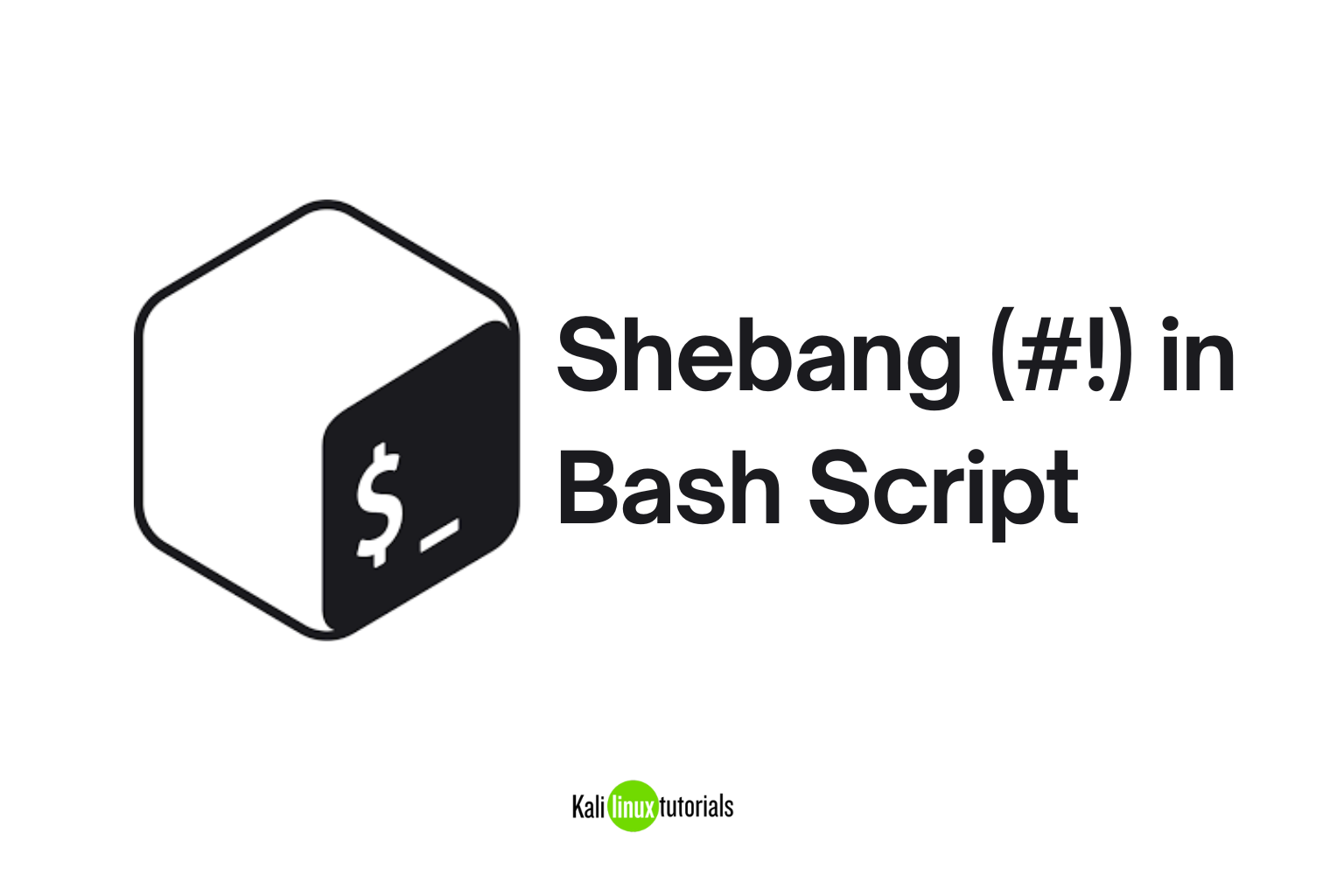When you write a Bash script in Linux, you want it to run correctly every time, no matter who uses it or where it is run. That’s where a shebang comes in.
A shebang is the first line in a Bash script that tells the system which program (interpreter) to use to run your commands. Using it ensures your script works predictably, avoids errors, and makes your scripts portable across different systems.
In this guide, we’ll explain shebang in simple terms, show how to write it, and give easy examples for beginners.
1. What is a Shebang?
A shebang is the first line in a Bash script that starts with:
#!
It is followed by the path to the interpreter, for example:
#!/bin/bash
This tells the system to use Bash to run the commands in your script. Without it, your script might run in the wrong shell and fail.
2. Why is the Shebang Important?
- Ensures your Bash script always runs with the correct interpreter.
- Prevents errors when using Bash-specific commands.
- Makes scripts portable across different Linux or Unix systems.
3. How Does It Work?
- The system reads the first line starting with
#!. - It checks the path of the interpreter (like
/bin/bash). - It uses that program to run the rest of the Bash script.
Think of it as telling the computer which tool to use before executing your commands.
4. Writing a Shebang – Two Common Ways
Option 1: Fixed Path
#!/bin/bash
- Works on most Linux systems.
- May not work on systems where Bash is installed elsewhere.
Option 2: Portable Path Using env
#!/usr/bin/env bash
It tells the system to find Bash wherever it is installed, instead of relying on a fixed path like /bin/bash. This makes your Bash script portable, so it works on different systems where Bash might be in /bin/bash, /usr/local/bin/bash, or another location. The env command searches your system’s PATH and runs the first Bash it finds, ensuring your script runs reliably anywhere.your system’s PATH and runs the first Bash it finds, ensuring your script runs reliably anywhere.
5. Using -x for Debugging
#!/bin/bash -x
The -x flag tells Bash to print each command before executing it. This helps you see what your script is doing step by step and makes it easier to find errors.
Use it when testing or troubleshooting a script, but it’s usually not needed for regular runs.
6. Example Bash Scripts
Basic Bash Script
#!/bin/bash
echo "Hello from Bash!"
Portable Bash Script
#!/usr/bin/env bash
echo "Hello from a portable script!"
Debug Bash Script
#!/bin/bash -x
echo "Step 1"
echo "Step 2"
7. Best Practices
- Always put the shebang on the first line of your Bash script.
- Use
#!/usr/bin/env bashfor scripts you share. - Use
#!/bin/bashfor personal scripts on your own system. - Use debug flags (
-x) only when troubleshooting.
Conclusion
A shebang is a simple but powerful way to ensure your Bash scripts run correctly on any system. By telling the computer exactly which interpreter to use, it avoids errors, improves portability, and makes your scripts more reliable.
Whether you are just starting with Bash or writing scripts for others, using a proper shebang is a key step to writing professional, error-free Bash scripts.


















